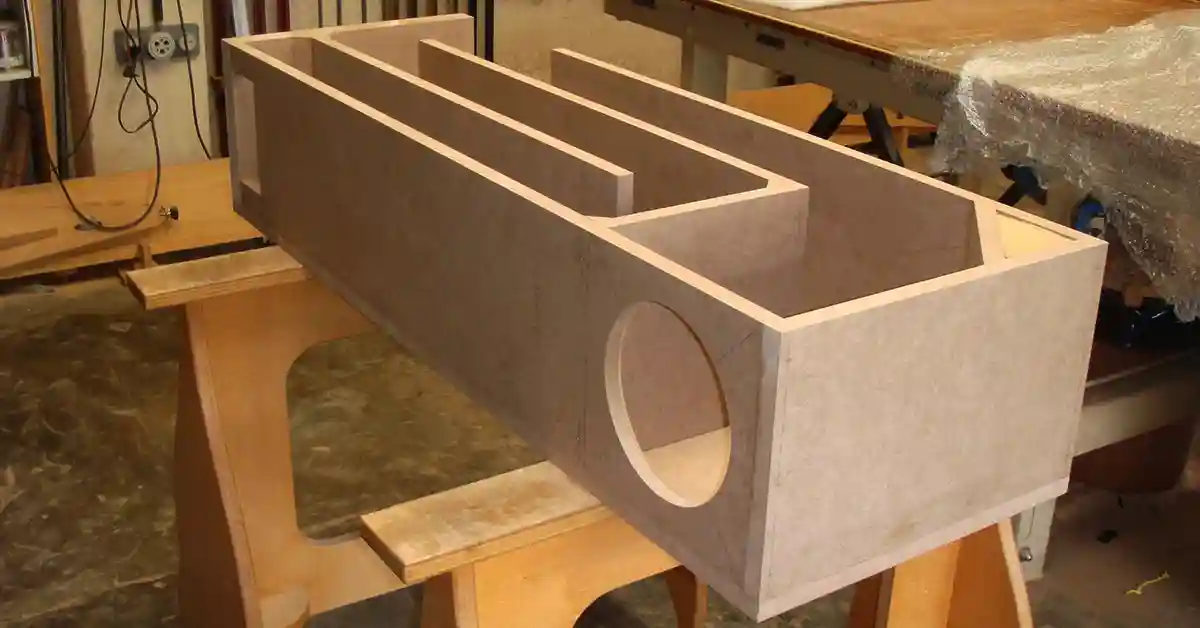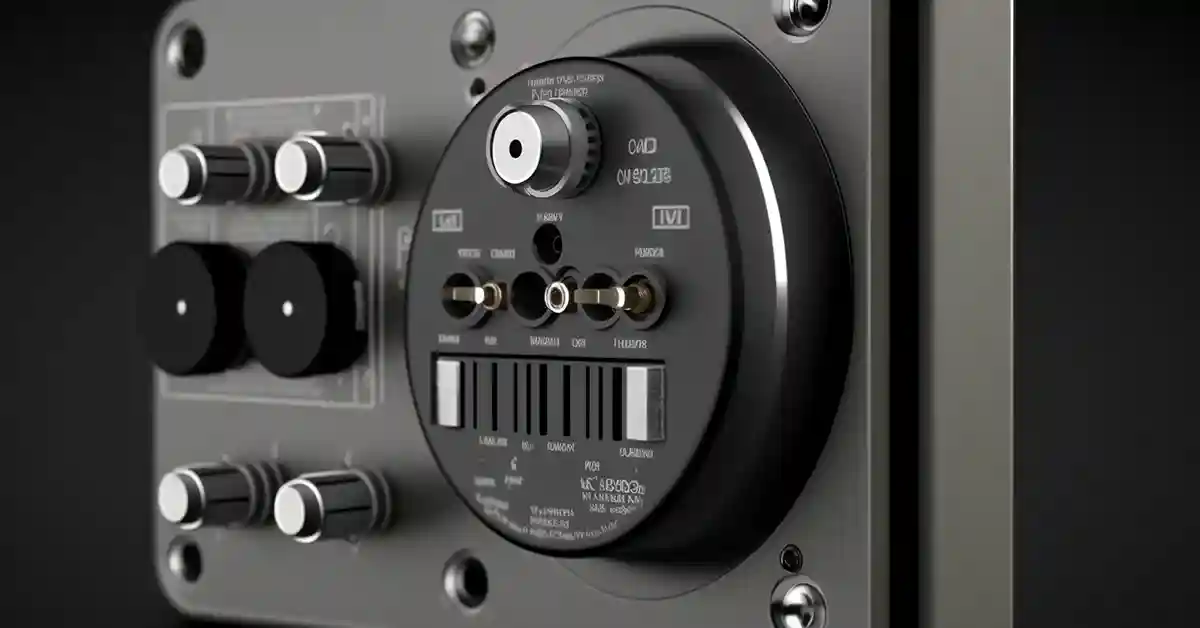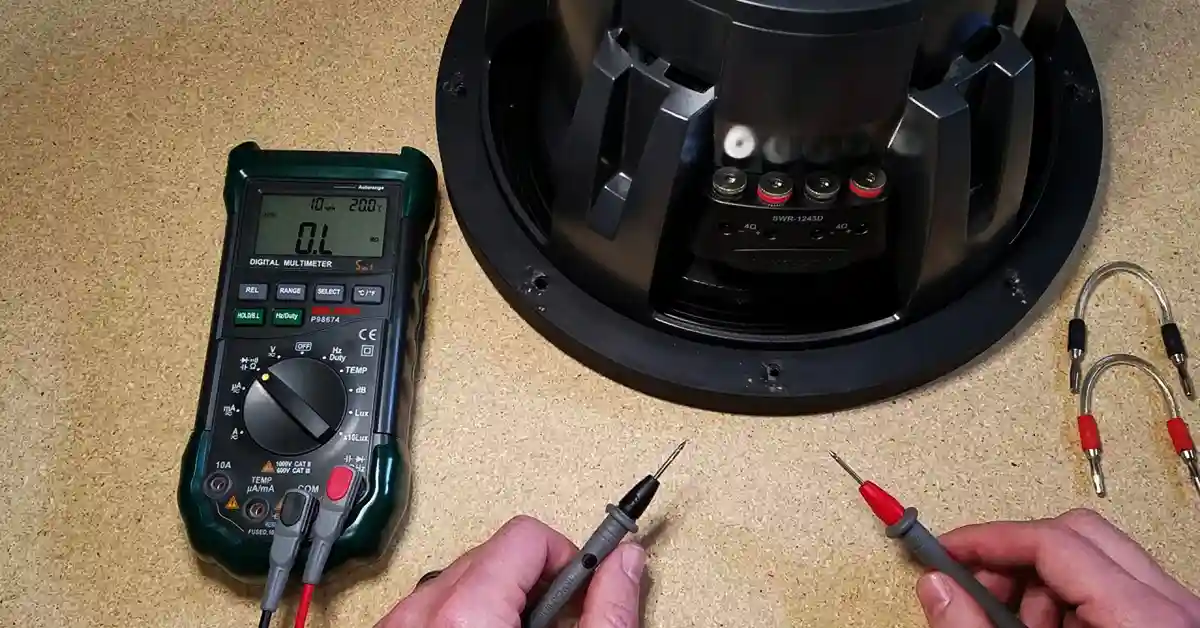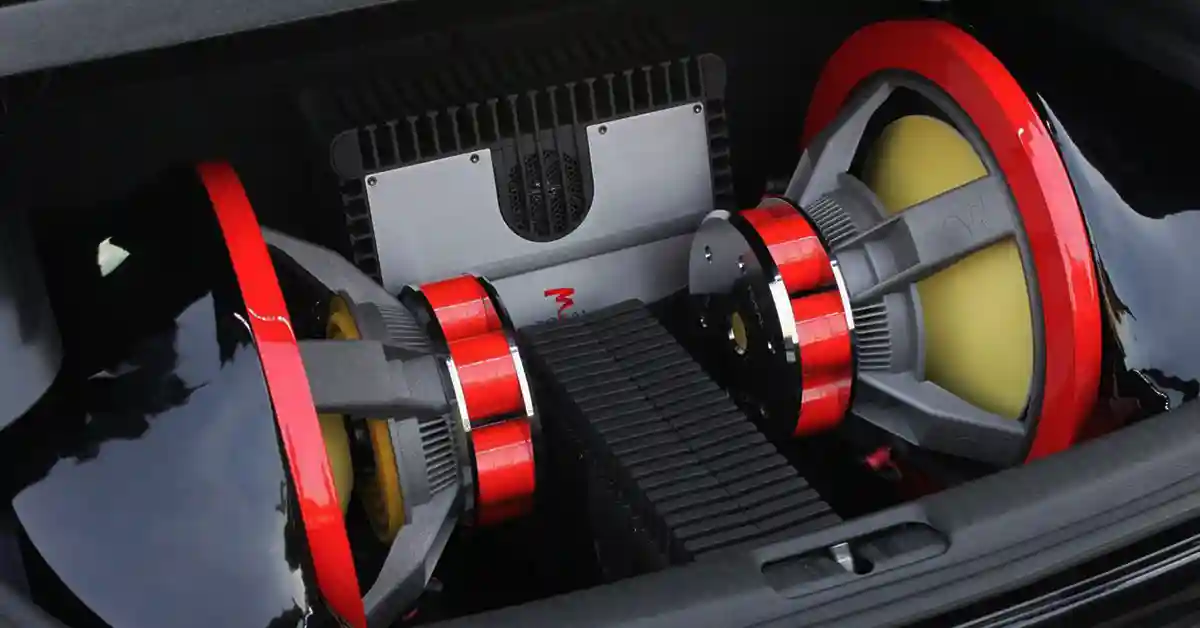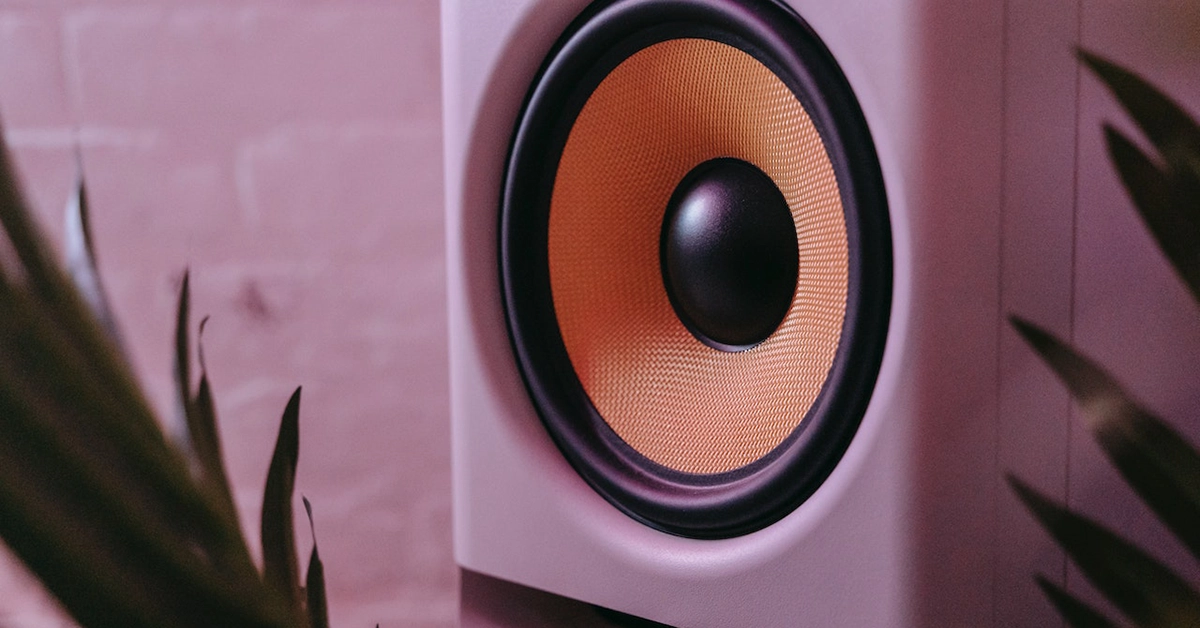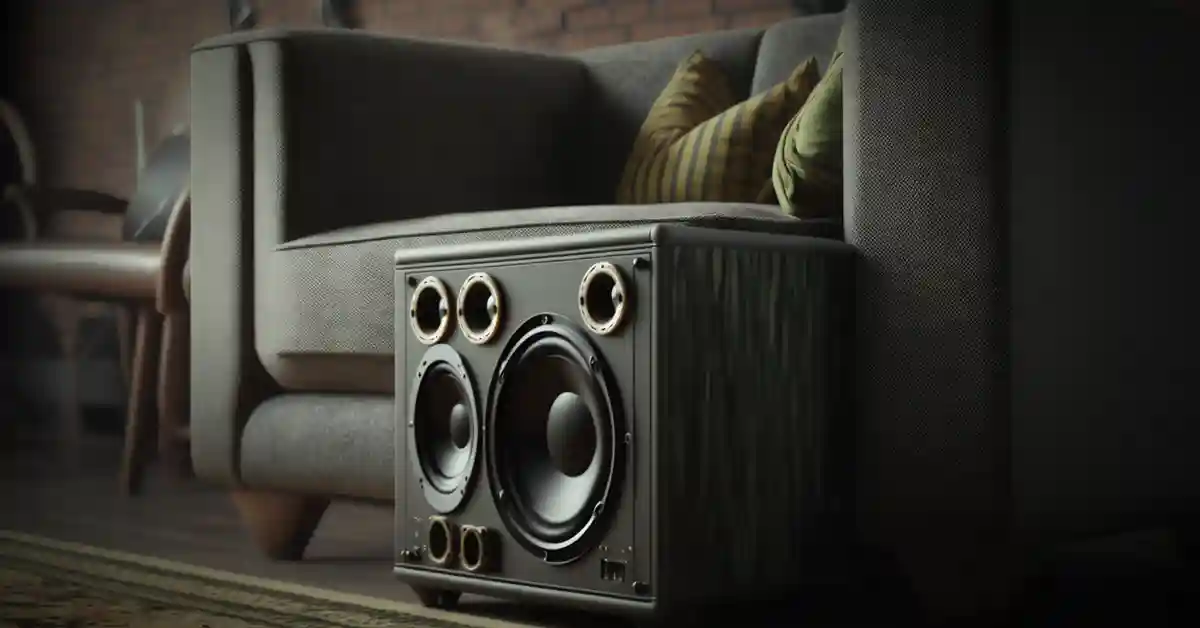How To Break In Subwoofer
Imagine this, you are pleasantly rolling down the street when you suddenly hear some nice bass drop from a car with these big-sized subwoofers. You can also see how powerful it is as it causes the car windows to pound.
Subwoofers are these complete speaker systems that amplify the low-frequency sound also known as the bass hence increasing the depth which improves sound quality. Another amazing thing about subwoofers is that they help you feel the music. Car music enthusiasts go to-and-fro car audio shops to get these subwoofers, leaving the shop excited to blast out their music. Then later on getting disappointed as the sound comes out not as full as they want it to be.
Subwoofer Break-In is a great way to get the machine up and running and bust out dynamic and full music. In this article, we'll get to know more about subwoofers, the Break-In Process, and why you should do it.
Anatomy of a Subwoofer
First things first for us to understand how the subwoofers work, let's first get to know its parts:
We can divide the parts into the suspension system and motor system.
Suspension System
- Basket - The main skeleton of the subwoofer. It provides stiffness and resonance that contributes to overall audio quality.
- Dust Cap - This part is usually found mounted over the large hole in the middle of the subwoofer and by covering it, it keeps the parts below it safe. It also provides additional reinforcement to the cone structure.
- Cone - The cone is the moving part of the subwoofer. It moves back and forth with the voice coil creating sound waves.
- Surround - By its name, the rubber surround surrounds the cone and is part of the subwoofer’s suspension. This helps keep the cone centered and in a linear path as it moves back and forth.
- Spider - The spider is our main guy here. This suspends the cone and voice coil and helps in sustaining the linear movement of the voice coil. Initially, these are very stiff and by the Break-In Process, they would loosen.
- Tinsel Leads - These are electrical wires that carry current from the terminals to the voice coils which are attached to the Spider.
Motor System
The motor system provides the force to move the suspension system through electrical energy. Its parts are the following:
- Voice Coil - This is the heart of the subwoofer. It is composed of the former and the coil. The former is a cylindrical material that keeps the coil in place. The coil is usually made of copper wire or aluminum wire. As electricity goes through this, the whole structure creates alternating current fields that push and pulls the magnet, and later, in turn, the cone as well, leading to the production of acoustical energy. To prevent unwound coil, adhesives such as glue keep it in place.
- Magnet - The magnet is also known as the muscle which provides the driving force of the subwoofer.
- Top Plate - Rests above the magnet and directs the magnetic flux into the voice coil. This maintains the magnetic field for movement.
- Bottom Plate - Keeps the magnetic field in the center.
Other Components
Like with other complete sound systems, subwoofers have the following:
- Preamps
- Power amp
- High current power supplies
- Power amplifier boards.
Subwoofer Enclosure
Usually, subwoofers are placed within customized subwoofer boxes. These are usually made with pieces of wood. The minimum depth, height, and width of the box are dependent on the speaker manufacturer's provided measurements of the subwoofer. The box must be able to withstand the internal pressure produced by the subwoofer.
Why Break In a Subwoofer?
Now comes the big question? why should I break in a subwoofer? Well, as we get the subwoofers fresh from the shop, We get these real stiff spider components initially. This affects the suspension system as it cannot go up and down the way it should. After a subwoofer is broken in, we'll be able to appreciate the deeper sound, higher dynamic range, and greater output.
During the Breaking in Process, the resins within the spider begin to soften and break, making it more flexible and along with this the surround becomes more pliant.
During this time the spider will exhibit higher excursion and the Free Air Resonance or Fs will drop. This is important to get the highest output with the lowest power input and frequency.
What Happens if I Don't Break-In?
Other than the difference in sound quality, some issues may arise when we skip breaking in, which include the following:
- Burned or unwound coil - The stiff spiders causing low excursion, in turn, increase power which then causes the coil to heat up. The heat can also melt up the glue hence unwinding the coils.
- Ripped or Torn Suspension - Stiff spiders would be too tight to move, hence increasing the risk of tearing with usage.
How to Break In a Subwoofer Properly
There are different ways to break in a subwoofer. It would be advisable to check your manufacturer's instructions to do the best technique.
Option 1
- Check your connection, and ensure that you hooked up the right wire to the right port.
- Get your music! Classical music is a no-no at this point! make use of songs with deep bass that is constant, rhythmic, and has repetitive transients.
- Play at moderate volume for 15 mins to warm up the spiders. This initiates the loosening of the resins and esters in the suspension.
- Phase 1: Primary Break-In or the "dinner phase" is the most important part! here we'll be turning up the system high up for 2 hours. It's called the dinner phase as you want to take your loved ones out of the house or the car as you keep the system on. After this, you can expect changes in your system as it can now play much louder and would be able to reach lower octaves to get the deep rich bass sound. According to subwoofer manufacturers, there was a measured 4dB difference before and after a primary break-in.
- Phase 2 is the final break-in period. We keep the system on a lower volume for 10-12 hours. The benefit of doing this is the additional 2dB additional amount of gain, which is getting more excursion with less power consumption.
Option 2
This is much longer than the previous example but less critical.
- Play your favorite music at low to medium volume and 1/2 gain for 2-3 weeks
- As the Fs drop, the suspension becomes more flexible and you'll notice the difference in sound.
- After 2-3 weeks, you can set the gains according to your taste and you may then listen to normal levels.
Option 3
For subwoofers outside an enclosure or in "Free Air":
- You can create a rig to hold the subwoofer and ensure there is good unobstructed ventilation in the system.
- Play a sine sweep first in low frequency around its pre-break-in Fs, usually at 30Hz-60Hz for 20-24 hours.
- If your tone generator app cannot do this, play a 40Hz tone.
- Play in a low power level and gradually increase it as the suspension breaks in.
Avoid Damages
One must monitor the amplifier clipping and excursion levels to avoid damage to the subwoofer. If it starts to smell like burning adhesives, or when the amplifier clipper light starts to go off, or when you start to hear weird noises, just turn the system off immediately.
How Long to Break-In
As mentioned above, depending on the process it can be from 1 whole day to weeks. Just be mindful of the Fs, it its already stable, congratulations you have successfully done it!
Songs for Breaking Subwoofers In
Music tracks with sporadic or intermittent bass won’t do the trick. Suggested music includes reggae with rhythmic looping bass. Refrain from your classical music, you'll get to enjoy them better after the break-in period.
Final Words
Ask yourself again, would you want to break in your subwoofers? the answer should be a big yes. The break-in process would help loosen up the resins and esters in the spiders, which would ultimately be beneficial to the user with less power consumption and greater excursion, and it can also provide increased safety for the product to prevent overheating and ripping. The process may be challenging and quite scary at first, but you can expect a greater audio experience. With that, Get that bass pumping!
Related Articles

